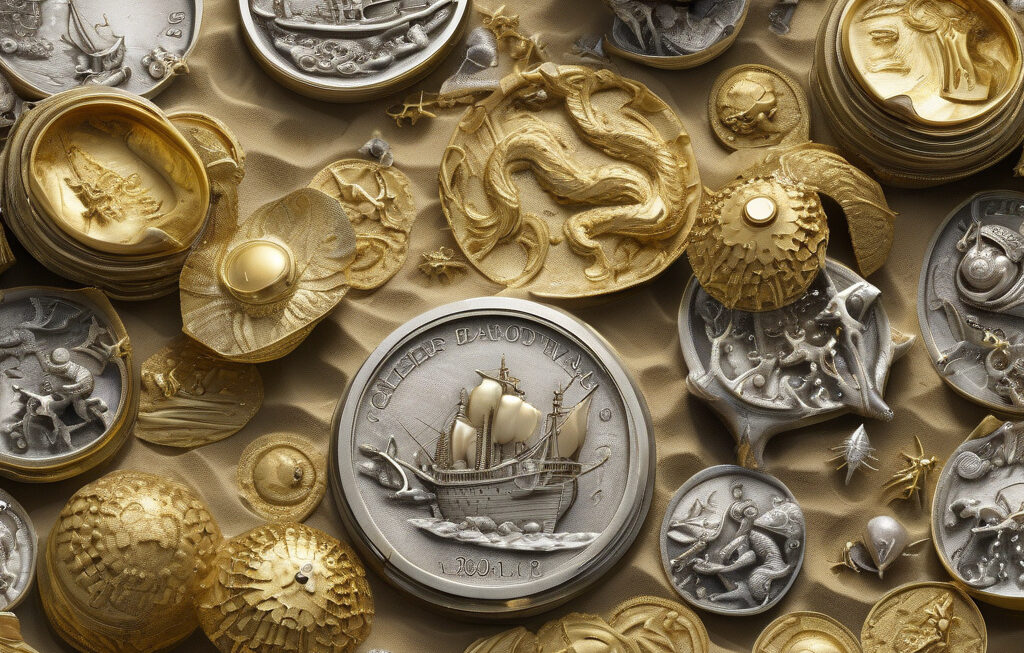Tough Choices for Armani’s Heirs
Giorgio Armani, the legendary fashion designer who built an empire synonymous with sophistication and style, has left his heirs facing a monumental decision. In a surprising twist, Armani’s will stipulates that his iconic brand must either be sold or taken public through an Initial Public Offering (IPO). However, with the luxury sector currently experiencing a significant downturn, both options present unique challenges and uncertainties for the future of the renowned fashion house.
The prospect of selling the Armani brand, known for its timeless elegance and unparalleled craftsmanship, raises concerns about losing the essence of what has made it a global powerhouse. A potential acquisition by a larger conglomerate could result in diluting the brand’s identity and compromising its longstanding commitment to quality and innovation. Moreover, the risk of mass production and commercialization could tarnish the exclusivity that has defined Armani for decades.
On the other hand, pursuing an IPO comes with its own set of complexities. The volatile nature of the stock market, particularly in the midst of economic instability, poses a significant risk for investors and stakeholders alike. The luxury sector, which heavily relies on discretionary spending and consumer confidence, is currently grappling with shifting consumer preferences and a decline in international tourism, further exacerbating the challenges of going public.
Imran Amed, a prominent voice in the fashion industry, highlights the precarious position that Armani’s heirs find themselves in. The decision they make will not only shape the future of the brand but also determine its ability to adapt and thrive in an ever-changing marketplace. The success of luxury fashion houses in today’s landscape hinges on their ability to strike a delicate balance between tradition and innovation, heritage and modernity.
While the path forward may seem daunting, there are examples of fashion brands that have successfully navigated similar crossroads. Burberry, under the leadership of CEO Marco Gobbetti, implemented a strategic turnaround plan that revitalized the brand and repositioned it for long-term growth. By focusing on digital innovation, expanding into new markets, and reimagining its product offerings, Burberry was able to reignite consumer interest and drive profitability.
In the case of Armani, the key lies in preserving the brand’s legacy while also embracing change and evolution. Whether through a strategic partnership, a targeted rebranding effort, or a renewed focus on sustainability and inclusivity, there are avenues for growth and expansion that can secure Armani’s relevance in the competitive luxury market.
As Armani’s heirs weigh their options and contemplate the legacy of a fashion icon, one thing remains clear – the decisions made in the coming months will shape the destiny of the brand for years to come. In a landscape where adaptability is paramount and innovation is non-negotiable, Armani’s heirs must tread carefully and thoughtfully to ensure that the brand continues to captivate and inspire fashion enthusiasts around the world.
#Armani, #FashionIndustry, #LuxuryMarket, #BrandLegacy, #StrategicDecisions












